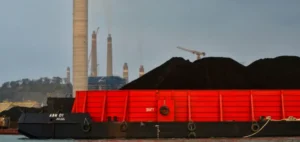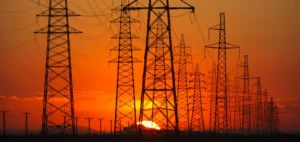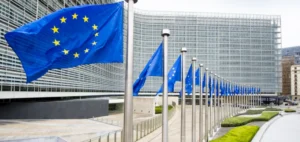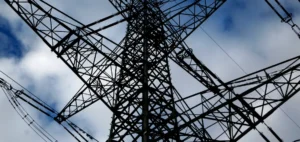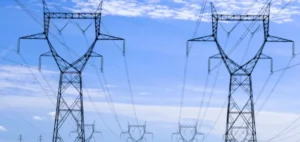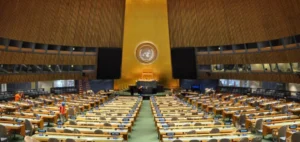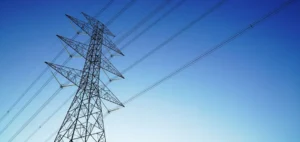The Canadian government recently unveiled regulatory proposals aimed at reducing greenhouse gas (GHG) emissions in its energy sector by 35% by 2030. This plan, based on a cap-and-trade system, aims not only to bring Canada closer to its climate goals but also to encourage companies to adopt cleaner technologies. This measure comes as the oil and gas sector remains the largest pollution source in the country, presenting significant economic and environmental challenges.
An Ambitious Climate Goal for Canada
Canada, as a signatory of the Paris Agreement, has committed to limit global warming to 1.5 °C, a commitment that requires drastic emission reductions in all sectors, especially energy. This objective is reinforced by the national promise to achieve carbon neutrality by 2050, a prospect that demands multiple adjustments for the energy sector. Facing a growing demand for sustainable practices, the federal government has thus introduced strict environmental regulations in response to both public and international pressures.
For many analysts, these regulations reflect investor expectations and those of the international community, who believe energy companies should act in line with current sustainability standards. These pressures push Justin Trudeau’s government to legislate for environmental protection while also considering the local economic impacts.
How the Proposed Cap-and-Trade System Works
The proposed model relies on a cap-and-trade emission credits system. This system sets an overall emissions cap for the sector, divided into emission credits allocated to companies based on their current performance. Companies that emit less than the cap can sell their surplus credits, generating financial benefits and encouraging them to reduce emissions to avoid buying additional credits.
This system also plans to reward companies that have already invested in emissions reduction technologies, enhancing their competitive advantage in sustainability. This approach, aimed at encouraging innovation, must, however, be implemented cautiously to avoid destabilizing less advanced actors in the energy transition.
Economic Challenges and Industry Criticisms
The proposed regulations elicit mixed reactions from producing provinces, especially Alberta, which fears job losses and a reduction in tax revenues if the oil sector is forced to cut production. Industry representatives also argue that this regulation could lead to disinvestment in favor of countries with more flexible environmental regulations.
Canadian oil and gas companies further highlight an increased risk of losing international market competitiveness, where they must compete with players less constrained by environmental standards. This disadvantage could impact their global market share, a sensitive issue for provinces whose economy largely depends on fossil fuel exploitation.
Technical Limits and Implementation Timelines
The regulation is still under consultation, and the final version of the rules will not be published until 2025, leaving companies in a period of uncertainty. Companies will need to invest in carbon capture and storage technologies or in less polluting production processes to comply with the new requirements, a technical adjustment that will require substantial resources and strategic planning.
Experts in the Canadian energy sector believe that for companies, this adjustment could prove costly in terms of technology development and infrastructure, potentially impacting their profitability. Nevertheless, these measures mark significant progress toward a more sustainable energy sector, although questions remain about the feasibility of such investments for all actors in the industry.
Implications for Professionals and Investors
The announced regulations are expected to prompt energy sector companies to redirect their investments toward clean technological solutions and renewable energy sources. These adjustments may also present investment opportunities in companies specializing in sustainable energy, potentially influencing the valuation of oil and gas companies.
Investors will now need to monitor companies’ ability to meet these standards and their adaptation to emission reduction requirements, a parameter that has become central in financial risk analysis. This regulatory trend in favor of decarbonization could transform the Canadian investment landscape, with increased attention to companies’ environmental governance practices.
A Challenge for the Future of Canada’s Energy Sector
For energy professionals, these regulations represent an unprecedented commitment to emissions reduction. Despite the associated economic challenges, this policy could redefine Canada’s place in the global energy sector and influence other countries’ practices. However, upcoming strategic decisions will need to balance environmental goals with the economic sustainability of the sector, a complex task for companies and policymakers.








